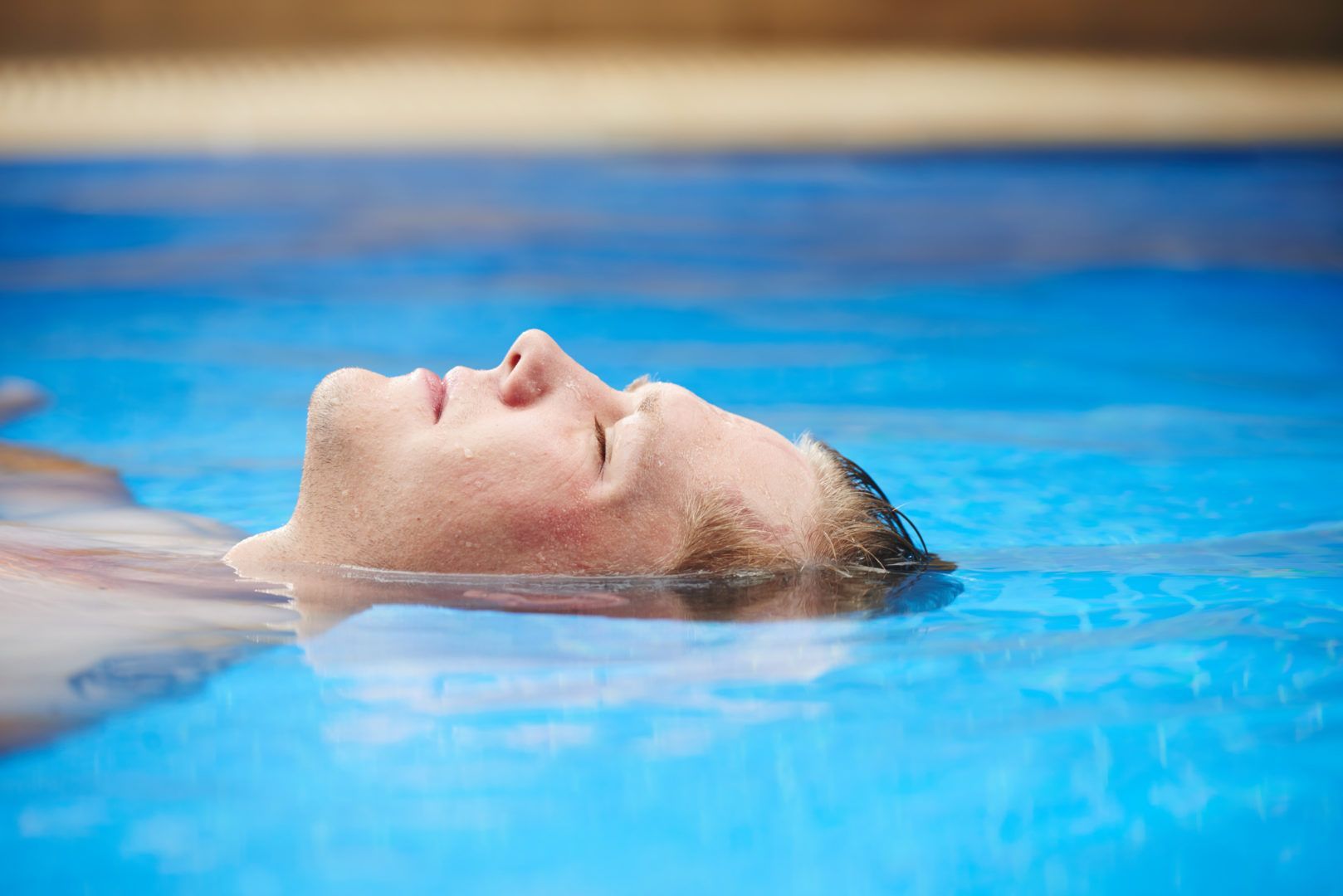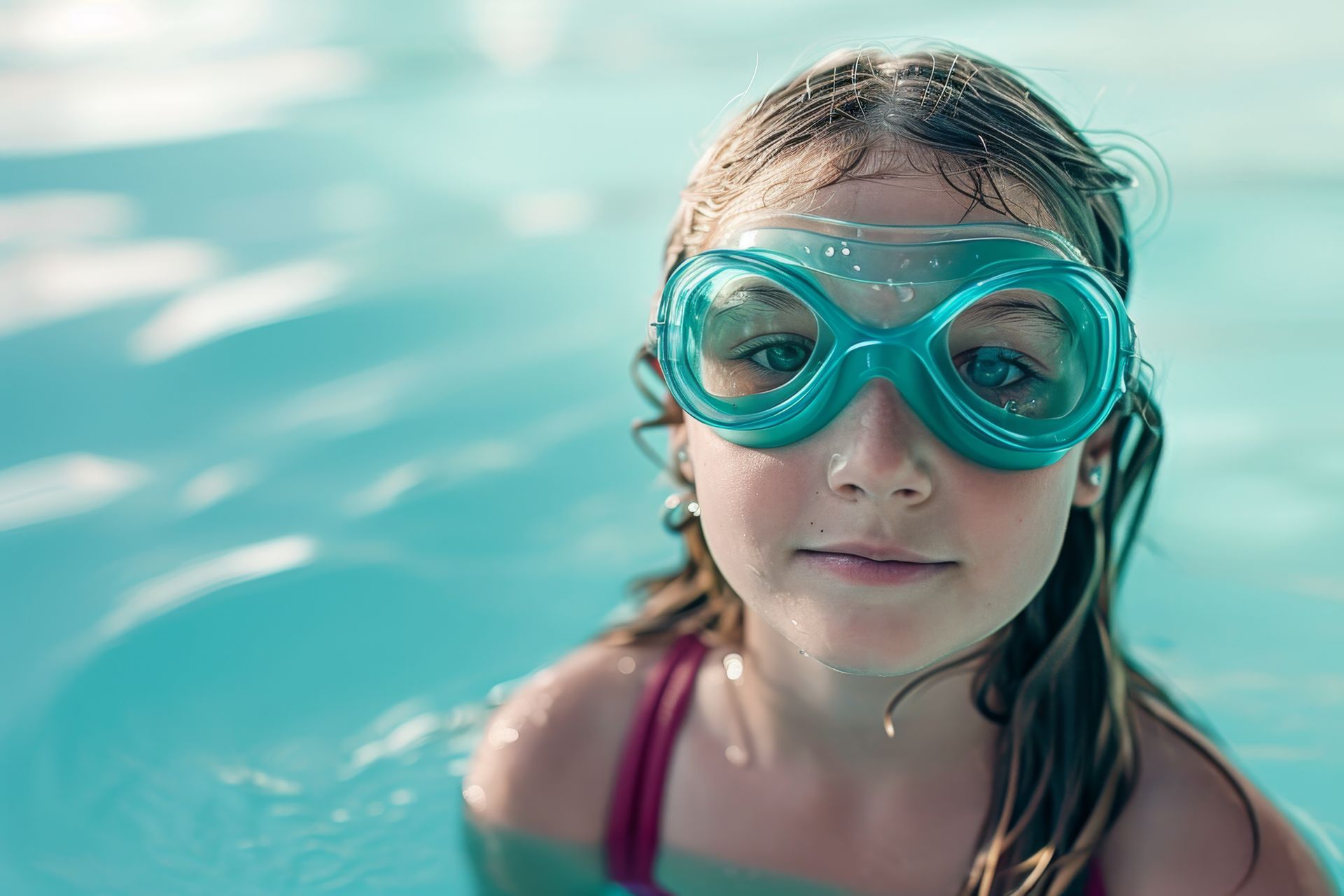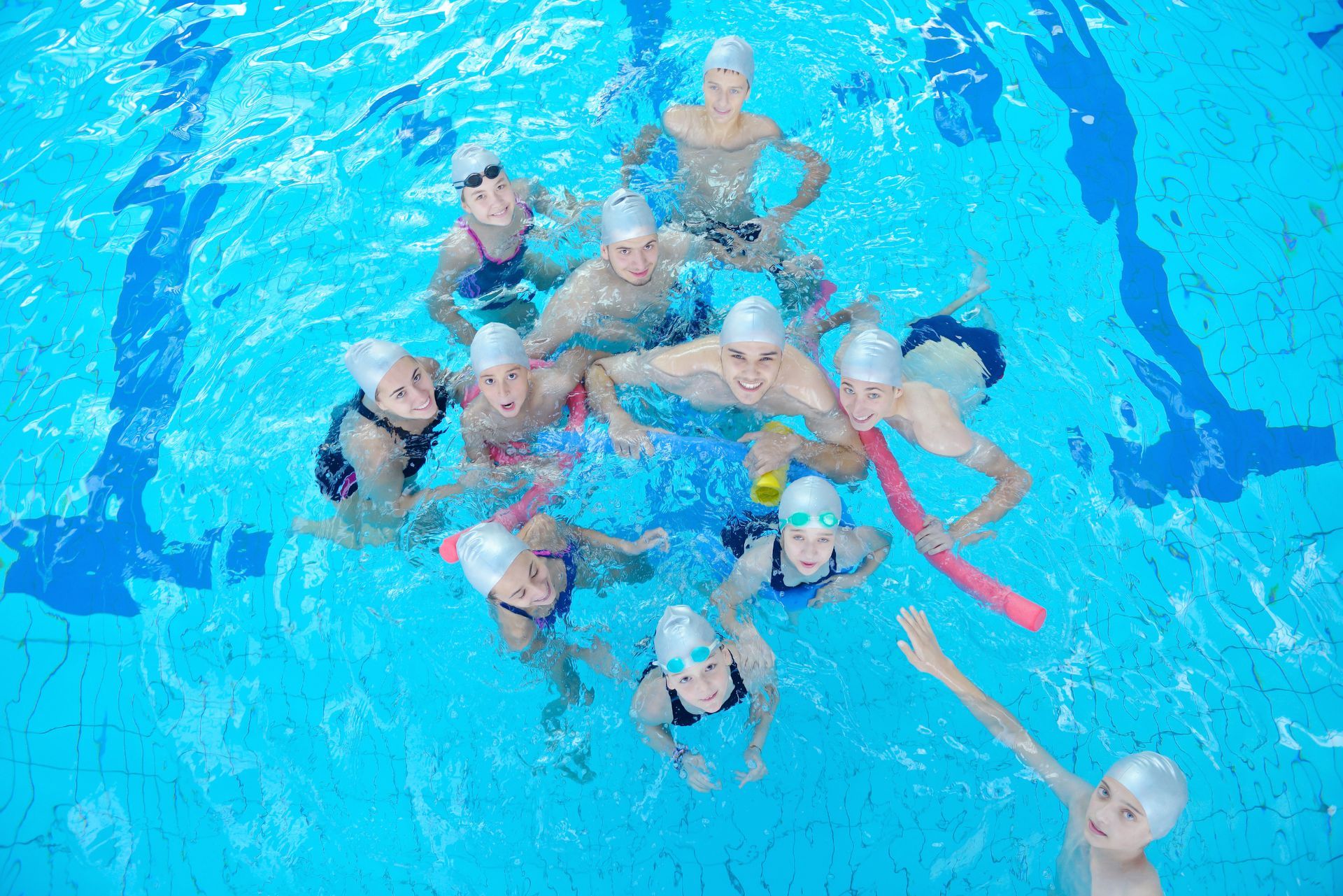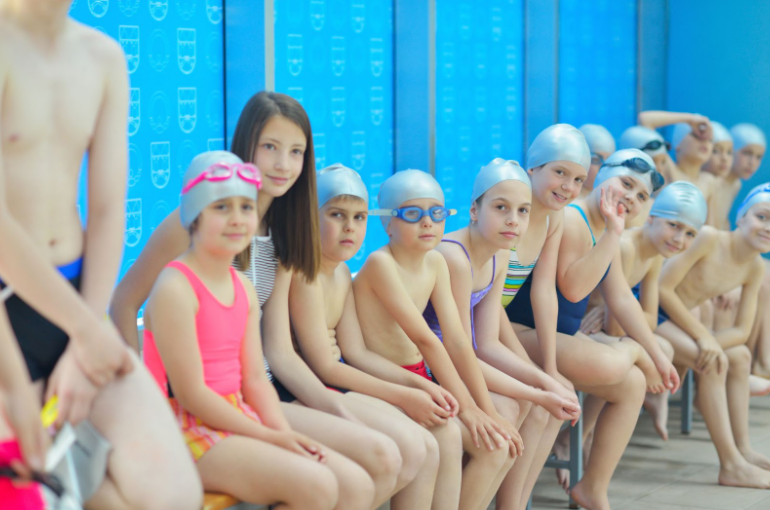Learn How to Float in Water: Tips for New Swimmers

One of the most basic swimming techniques everyone from beginners to pros needs to master is how to float in water . It doesn’t matter your body type, weight, or shape is; everyone can float. If you’re having trouble floating and wondering “ Why do I sink when I try to float?”, here are a few tips to help you learn how to float in water today.
1. Take Up More Space
Water can hold you, but you need to do your part so the water can do its job. You can’t float if you’re curled together or wrapped up. Stretch out your arms and legs as far as possible, and try to distribute your weight across the water. The more you spread out your weight, the easier it will be to float.
2. Tilt Your Head Back
Many people struggle to float because they want to see what’s going on with their chest and feet. By tilting your chin down toward your chest, you’ll most likely cave in your chest and sink. Instead, you should tilt your head back so it’s in line with your spine and you’re looking straight up while lying on your back.
3. Use Correct Posture
Slouching and rolling your shoulders forward will lower your center of gravity and make your butt sink. Roll your shoulders back and make sure your chest is open.
When we’re teaching small children, one way we help them do this is by telling them to point their belly button to the sky. Imagine a thread tied to your belly button and that someone is pulling it straight up out of the water.
4. Take a Deep Breath
Your lungs are like two giant balloons. With the right body posture, you are able to completely fill your lungs to capacity, and they will help you float.
Once you get floating, take deep breaths from your diaphragm. An easy way to tell if you’re breathing from your diaphragm is to practice on the ground first. Place one hand on your upper chest and the other just below your rib cage and breathe. Try to make it so your lower hand, near your stomach, moves up and down with each breath, while your upper hand stays as still as possible.
5. Relax
Tense and tight muscles don’t float as well as relaxed ones and is one reason why you sink when you try to float . If you’re fighting against the water, you’ll never give it a chance to support your body. If you find that you’re stressed and your heart is racing, do something else. Come back to floating when you are calm.
6. Tip Your Fingers out of the Water
Some people find that they’re able to start floating, but after a few seconds, they have to kick or move their feet just a bit to avoid sinking into the water. If this is you, don’t worry, you are one simple trick away from consistently and comfortably floating.
Think of your body like a seesaw. Your feet are too heavy and dragging the rest of you down, so you have to balance your weight. Luckily, thanks to how your body works in water, you can actually change how your weight is distributed.
With your arms stretched out from the top of their shoulders like superman (or with their hands together in a streamline) so their arms are in line with their ears. This extends the body so that you counterbalance the sinking of their legs.
Why Do I Sink When I Try to Float?
Human muscle is denser and less buoyant than fat. If you’re in good shape and have low body fat, you will have a harder time floating. Even if you are super muscular, you can still float; it will just take more time to perfect and learn how you can let the water hold you.
With these helpful tips, you can learn how to float in water in no time .
Get your swimming lessons today!
The post Learn How to Float in Water: Tips for New Swimmers appeared first on Swim Jim.







